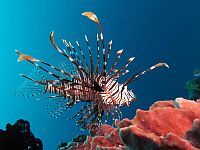 The upscale supermarket, Whole Foods, is taking an innovative approach to countering the spread of an invasive species of fish in Florida. They offering lionfish for sale. It is sort of a “if you can’t beat’em, eat’em” approach to managing an invasive species. A Whole Foods spokesman says that the fish’s “white, buttery meat lends itself to a number of different recipes.” The supermarket’s workers will remove the venomous spines before consumers purchase the fish, according to the statement.
The upscale supermarket, Whole Foods, is taking an innovative approach to countering the spread of an invasive species of fish in Florida. They offering lionfish for sale. It is sort of a “if you can’t beat’em, eat’em” approach to managing an invasive species. A Whole Foods spokesman says that the fish’s “white, buttery meat lends itself to a number of different recipes.” The supermarket’s workers will remove the venomous spines before consumers purchase the fish, according to the statement.
Lionfish are a stripped feathery-finned invasive species with venomous spines that have been spreading rapidly since the 1990s along the southeast coast of the U.S., the Caribbean, and in parts of the Gulf of Mexico. The fish were introduced to the region area after aquarium collectors released them in the waters of South Florida. Native to the Indo-Pacific, the lionfish lack natural predators and have been laying waste to local fish and shrimp populations.

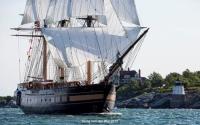
 Once again, the media is reporting a story of the discovery of a shipwreck which sounds very familiar. Recently, the
Once again, the media is reporting a story of the discovery of a shipwreck which sounds very familiar. Recently, the 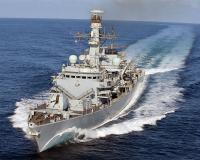 Naval ships are very expensive to build and operate and in the best of all possible worlds would never be used. Nevertheless, they exist for a purpose. Recently, while taking part in commemorations for the Battle of Jutland centenary,
Naval ships are very expensive to build and operate and in the best of all possible worlds would never be used. Nevertheless, they exist for a purpose. Recently, while taking part in commemorations for the Battle of Jutland centenary,  I am never sure what to make of the yearly “
I am never sure what to make of the yearly “ On Saturday, July 23rd, the
On Saturday, July 23rd, the 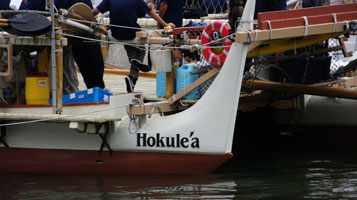 The Hawaiian voyaging canoe
The Hawaiian voyaging canoe  One hundred years today, on June 5, 1916,
One hundred years today, on June 5, 1916, 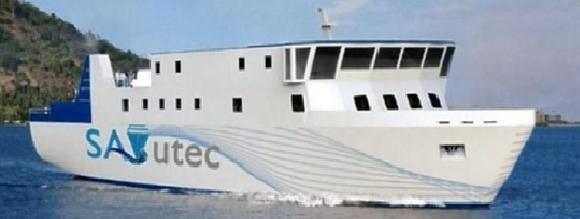 The UK’s
The UK’s 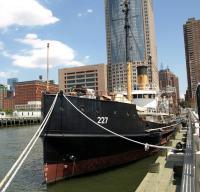 The historic
The historic  Continuing her epic voyage around the globe, the Polynesian voyaging canoe
Continuing her epic voyage around the globe, the Polynesian voyaging canoe  A very interesting program coming up on the
A very interesting program coming up on the 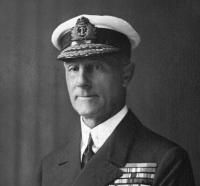
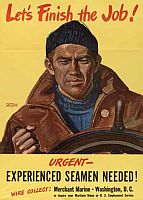 What was the most dangerous service in World War II? The Army, the Navy, the Marines?
What was the most dangerous service in World War II? The Army, the Navy, the Marines? 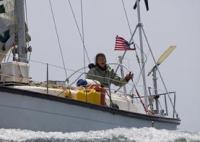 A few days ago, Donna Lange returned home to Narragansett Bay after completing her second solo circumnavigation on Inspired Insanity, her Southern Cross 28. An event was held in her honor at the Herreshoff Museum in Bristol, RI for family and friends to welcome her home.
A few days ago, Donna Lange returned home to Narragansett Bay after completing her second solo circumnavigation on Inspired Insanity, her Southern Cross 28. An event was held in her honor at the Herreshoff Museum in Bristol, RI for family and friends to welcome her home. 
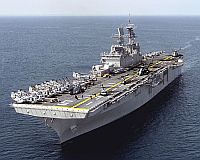 Yesterday thousands lined the shores of the Hudson to watch the
Yesterday thousands lined the shores of the Hudson to watch the 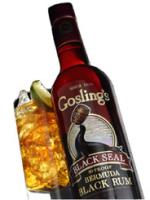 May 24th was not only the
May 24th was not only the 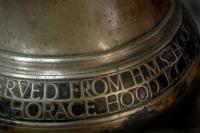 On May 24, 1941, the battlecruiser
On May 24, 1941, the battlecruiser